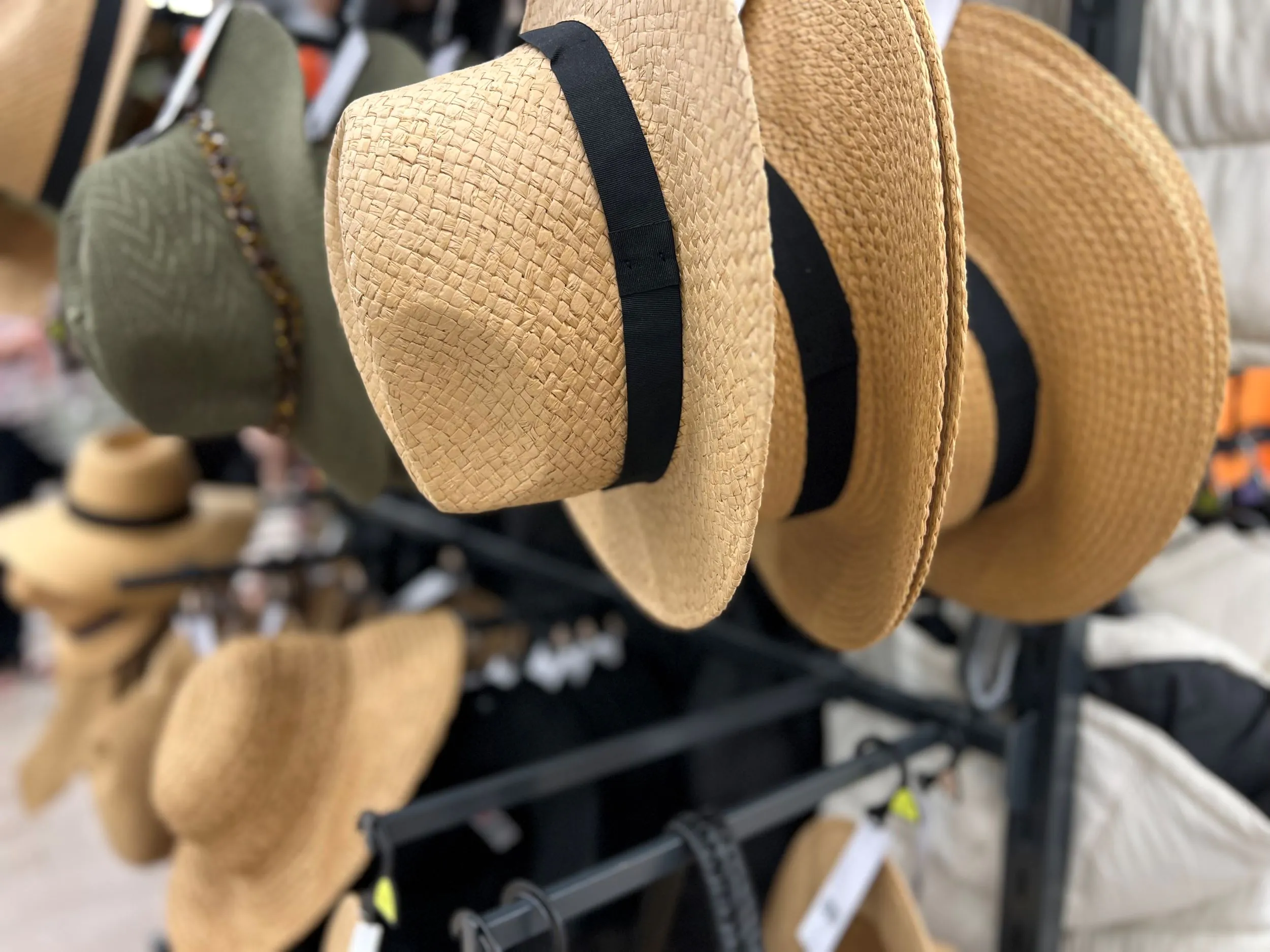The global pandemic has impacted consumer purchasing habits and preferences, as well as headwear manufacturing processes and strategies. While the initial impact of COVID-19 — which caused lockdowns and substantial disruptions to factories and other operations — ended quite some time ago, the long-term effects are still being felt around the world and throughout the headwear manufacturing industry.
Headwear Industry Overview
The headwear industry was valued at $26.5 billion in 2022 and is expected to have a healthy growth rate over the next several years, driven by the success of the fashion industry and the continued popularity of athleisure clothing. While the industry saw a drop in demand in 2020 as consumer budgets tightened and spending fell, things have now more or less returned to normal and revenue is on the rise. Hats and caps make up the largest percentage of the market, being popular for both form and function.
Protective headwear is also seeing significant demand. The healthcare industry continues to rely on PPE both for their own wellbeing and for that of their patients, regardless of the state of the pandemic. Meanwhile, the construction industry is booming in many countries around the world. Rising populations, urbanization, and industrial developments are helping drive construction activity and therefore drive the need for PPE such as hard hats.
The Asia-Pacific region is the largest market for headwear, accounting for over 40% of global revenue in 2022. It’s expected to continue growing over the next several years due to its large population base, rising household income levels, and the utility of items such as winter hats. There is also a growing awareness around the need for sun protection, which is helping give headwear manufacturers a boost.
Competition Among Headwear Manufacturers
The global headwear industry is a highly competitive one with a high density of players in markets around the world. Along with popular brands and generic affordable products, businesses also face threats from counterfeiters offering knock-offs of more expensive items. Counterfeits can not only take customers away from the brands they imitate, but can also damage brand reputation if consumers don’t realize they’ve purchased a fake and are unhappy with product quality or customer service.
While this is particularly an issue with luxury brands, it impacts other popular brand names as well. Licensed sports team apparel and accessories, for example, are frequent targets of counterfeiters. Fake headwear products are not expected to damage the overall prospects of the market as a whole, but pose challenges to individual headwear manufacturers.
Due to the fierce competition in the market, headwear manufacturers are seeking ways to stand out from the competition. Athlete and celebrity sponsorships continue to be a popular promotional strategy with apparel and headwear brands, but there are many other ways to distinguish themselves. Innovative materials with various functional properties are one way, offering features such as UV protection and moisture wicking or developing headwear that is lighter-weight or more durable than other competitors’ products. Sustainability is another way to stand out from the crowd, as consumers increasingly seek out environmentally friendly products and are often willing to pay a premium for such items.
Finally, an increasing number of headwear manufacturers are offering customization in order to capture more of the market. The option to own something unique and personalized is one way to draw in more customers, and with technological advantages in manufacturing technology and 3D printing, customization is becoming more affordable to both consumers and manufacturers.
The Ongoing Impact of COVID-19
The early months of the pandemic made it harder and more expensive to import or export raw materials, leading to shortages and higher costs. This led manufacturers to try new suppliers and look for local options that wouldn’t be subject to the same restrictions and delays. In addition, the pandemic resulted in both manufacturers and customers relying on online platforms much more heavily, with B2B interactions taking place remotely rather than in person, consumers shopping with online retailers rather than in stores, and some manufacturers developing D2C platforms to more easily reach end consumers.
While many of the negative effects of the pandemic have ended — despite supply chain issues and worker shortages continuing to be felt to a lower degree — many of the measures adopted in 2020 continue to benefit manufacturers and consumers today. By moving more systems and processes online, it becomes easier to track orders, shipments, and other communications with suppliers and customers. This enables sellers to provide faster, better services as well as to more accurately track raw materials and inventory and to predict future needs or changes in customer demand.
Enabling remote work has continuing benefits as well, by allowing employers access to a larger pool of potential workers and making it easier for employees to continue working in the face of setbacks that might prevent them from reaching the factory or office site. As remote work is considered a perk by many people, it also helps attract workers at a time when many businesses are having difficulty filling roles.
Many manufacturing companies introduced automation or increased their use of it. Industry 4.0 has been a valuable tool in improving efficiency and allowing businesses to operate despite smaller workforces or absences due to illness. The reductions in waste and in operational downtime continue to benefit manufacturers in the headwear industry and across many other sectors.



